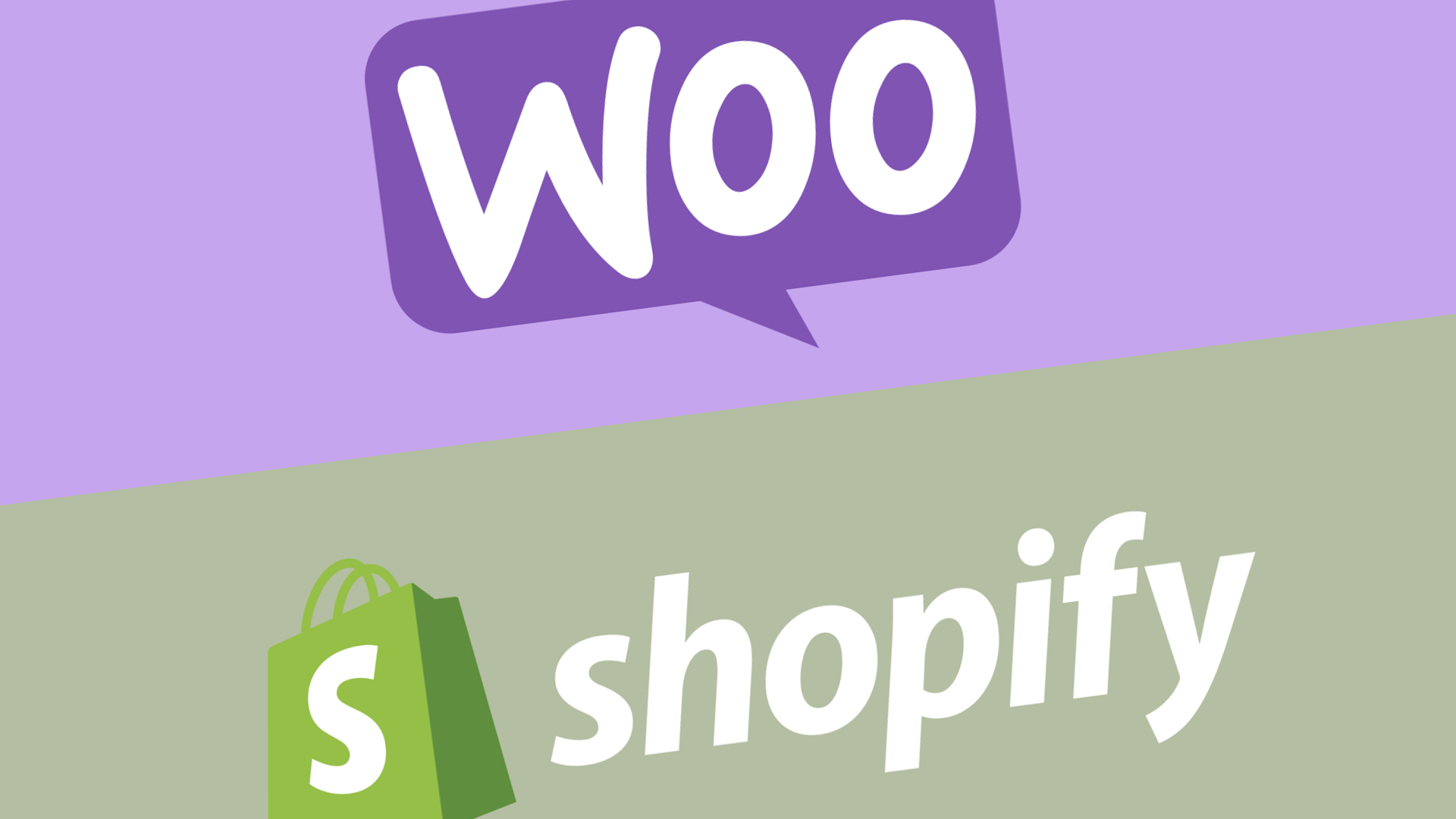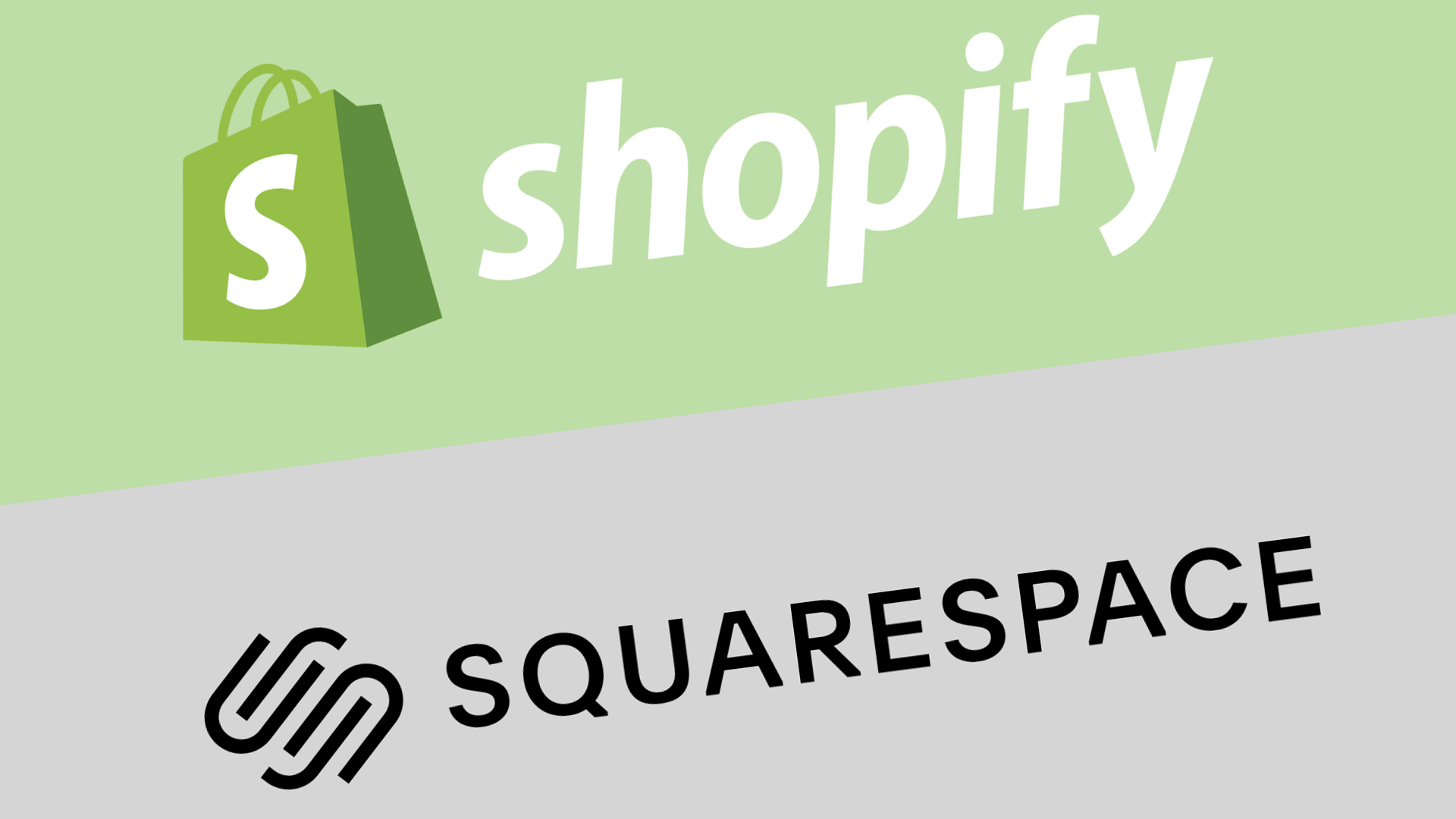The holiday season, a time of joy and bustling commerce, also marks a peak period for cyber threats, posing significant challenges for businesses and consumers alike. As online transactions skyrocket, so do the risks associated with phishing scams, ransomware attacks, and data breaches. Protecting sensitive information and ensuring seamless operations are of utmost importance for business owners, IT professionals, and e-commerce operators. This article delves into the reasons behind the surge in cyber threats during Christmas and offers insights into how businesses can fortify their defenses during this critical time.
How Common are Cyber Threats During Christmas?
Cyber threats during Christmas are alarmingly common, as the holiday season presents a prime opportunity for cybercriminals to exploit the surge in online activity. With e-commerce transactions reaching their peak, businesses and consumers alike become attractive targets for a variety of cyberattacks, including phishing scams, ransomware, and payment fraud. The surge in digital transactions frequently overloads network and IT resources, thereby simplifying the process for malicious actors to identify and exploit vulnerabilities. Additionally, the festive atmosphere can lead to a lapse in vigilance, with employees and consumers more likely to fall prey to deceptive tactics. Because of this, the number and sophistication of cyber threats tend to rise during this time. To keep trust and protect sensitive data, people need to be more aware of the risks and take stronger cybersecurity measures.
What are the Most Common Cyber Threats During Christmas?
- Phishing Scams: Cybercriminals frequently use phishing emails and fake websites to trick individuals into revealing sensitive information. During Christmas, these scams often masquerade as holiday promotions, shipping notifications, or charity appeals, exploiting the season’s generosity and urgency.
- Ransomware Attacks: These attacks involve malicious software that encrypts a victim’s data, using encryption to lock access and demanding a ransom for its release. The holiday season is a prime time for ransomware attacks, as businesses are under pressure to maintain operations and may be more willing to pay to avoid downtime.
- Payment Fraud: With the increase in online shopping, cybercriminals target payment systems to steal credit card information and execute unauthorized transactions. This threat is particularly prevalent during Christmas, as the volume of transactions can make it difficult to detect fraudulent activity promptly.
- Distributed Denial of Service (DDoS) Attacks: These attacks aim to overwhelm a website or online service with traffic, causing it to crash and become unavailable. During the holiday season, DDoS attacks can be especially damaging, disrupting sales and eroding customer trust at a critical time for businesses.
- Fake E-commerce Websites: Cybercriminals create counterfeit online stores that mimic legitimate retailers to deceive consumers into making purchases. These fake sites often offer deals that seem too good to be true, luring shoppers into providing payment information that is then used for fraudulent purposes.
Why Do Cyber Threats Increase During Christmas?
Surge in Online Transactions
During the Christmas season, the volume of online transactions skyrockets as consumers flock to e-commerce platforms for holiday shopping, creating opportunities for cyber criminals to exploit the increased activity. This surge creates a fertile ground for cybercriminals who exploit the increased activity to launch attacks. With more transactions occurring, there are more opportunities for malicious actors to intercept sensitive data, such as credit card information and personal details. The sheer volume of transactions can also overwhelm security systems, making it easier for cyber threats to evade detection.
Distracted Workforce and Human Error
The festive atmosphere of the holiday season often leads to a more relaxed and distracted workforce. Employees may be preoccupied with holiday plans or operating under reduced staffing levels, which can result in lapses in vigilance, compliance, and adherence to security protocols. Cybercriminals are adept at exploiting these moments of inattention, using tactics like phishing emails disguised as holiday promotions or urgent requests. The likelihood of human error increases during this time, making it easier for attackers to gain unauthorized access to systems.
Strained IT Resources
The holiday season places additional pressure on IT resources as businesses strive to accommodate the increased demand for online services. This strain can lead to vulnerabilities in systems that cybercriminals are eager to exploit. IT teams might be overburdened, concentrating on ensuring uptime and managing the surge of transactions, potentially resulting in security lapses. Cyber threats such as malware, ransomware, and DDoS attacks are particularly prevalent during this time, as attackers aim to disrupt operations when businesses are most reliant on their digital infrastructure.
Increased Sophistication of Cyber Attacks
Cybercriminals are becoming increasingly sophisticated in their methods, particularly during high-stakes periods like Christmas. They employ advanced techniques to bypass traditional security measures, often using social engineering to manipulate individuals into divulging sensitive information. The holiday season provides ample opportunities for such tactics, with attackers leveraging the urgency and excitement of the period to deceive both businesses and consumers. This sophistication requires businesses to adopt equally advanced cybersecurity strategies to effectively counteract the heightened threat landscape.
How Can Businesses and Individuals Protect Themselves?
To safeguard against the heightened cyber threats during Christmas, businesses and individuals must adopt a proactive and comprehensive approach to cybersecurity, including the use of a robust firewall to block unauthorized access. For businesses, this means implementing robust security measures such as multi-factor authentication, regular software updates, and employee training to recognize phishing attempts.
Conduct thorough security audits and stress tests on IT systems to identify and rectify vulnerabilities before cybercriminals can exploit them. Partnering with experts like Buzz Cybersecurity can provide businesses with tailored solutions and real-time threat intelligence, ensuring they are well-equipped to handle any potential attacks. Buzz Cybersecurity offers advanced monitoring and incident response services that can help maintain system integrity and protect sensitive customer data during the high-risk holiday season.
Individuals, on the other hand, should remain vigilant and cautious while shopping online, especially when connecting through public wi-fi. This includes verifying the legitimacy of websites before making purchases, using secure payment methods, and being wary of unsolicited emails or messages that request personal information.
Regularly updating passwords and enabling device security features can further enhance personal cybersecurity. By staying informed and adopting these protective measures, both businesses and individuals can enjoy a secure and worry-free holiday season, confident in their ability to thwart cyber threats.
Are Cyber Threats Expected to Increase Even More in Future Christmas Seasons?
Yes, as digital transformation accelerates and cybercriminals become more sophisticated, we anticipate an increase in cyber threats in future Christmas seasons. The growing reliance on e-commerce and digital transactions during the holiday season provides an ever-expanding attack surface for malicious actors. As technology evolves, so do the tactics employed by cybercriminals, who are constantly developing new methods to bypass security measures and exploit vulnerabilities. Additionally, the increasing integration of Internet of Things (IoT) devices and the rise of remote work introduce additional vectors for potential attacks. This evolving landscape necessitates that businesses and individuals remain vigilant and continuously adapt their cybersecurity strategies to stay ahead of emerging threats. By investing in advanced security solutions and fostering a culture of cybersecurity awareness, stakeholders can better prepare for the challenges of future holiday seasons.
Conclusion
As the holiday season approaches, the importance of robust cybersecurity measures cannot be overstated. The increase in cyber threats during Christmas is a stark reminder of the vulnerabilities that accompany the surge in online activity. By understanding the nature of these threats and implementing proactive strategies, businesses and individuals can protect themselves from potential attacks. Collaborating with cybersecurity experts such as Buzz Cybersecurity can equip them with the essential tools and insights to effectively navigate this complex landscape, guaranteeing the security of operations and the preservation of customer trust. As we look to the future, staying informed and adaptable will be key in safeguarding against the evolving tactics of cybercriminals. With the right precautions in place, everyone can enjoy a safe and secure holiday season, focusing on the joy and celebration that Christmas brings.
Final Thoughts
What steps are you taking to protect your business from the heightened cyber threats during the Christmas season? At Buzz Cybersecurity, we offer exceptional solutions tailored to defend your organization against the latest cyber challenges. Our all-encompassing strategies include managed IT services, cutting-edge cloud solutions, and comprehensive ransomware protection. With our expert team supporting you, your digital assets will be well-protected, ensuring your business remains strong and flexible in the face of today’s rapidly shifting cybersecurity landscape.
Sources
- https://www.forbes.com/sites/emilsayegh/2024/12/04/it-may-be-christmas-time-but-its-still-a-dangerous-world-out-there/
- https://www.prnewswire.com/news-releases/cyber-attacks-are-more-sophisticated-than-ever-with-ai-powered-attacks-posing-the-greatest-risk-302098797.html
- https://www.businesswire.com/news/home/20241125275748/en/Expect-to-See-a-Spike-in-In-Store-Holiday-Shopping-This-Year-as-New-Study-Shows-53-Increase-in-Plans-to-Shop-Brick-and-Mortar
Image Generated by Buzz Cybersecurity







